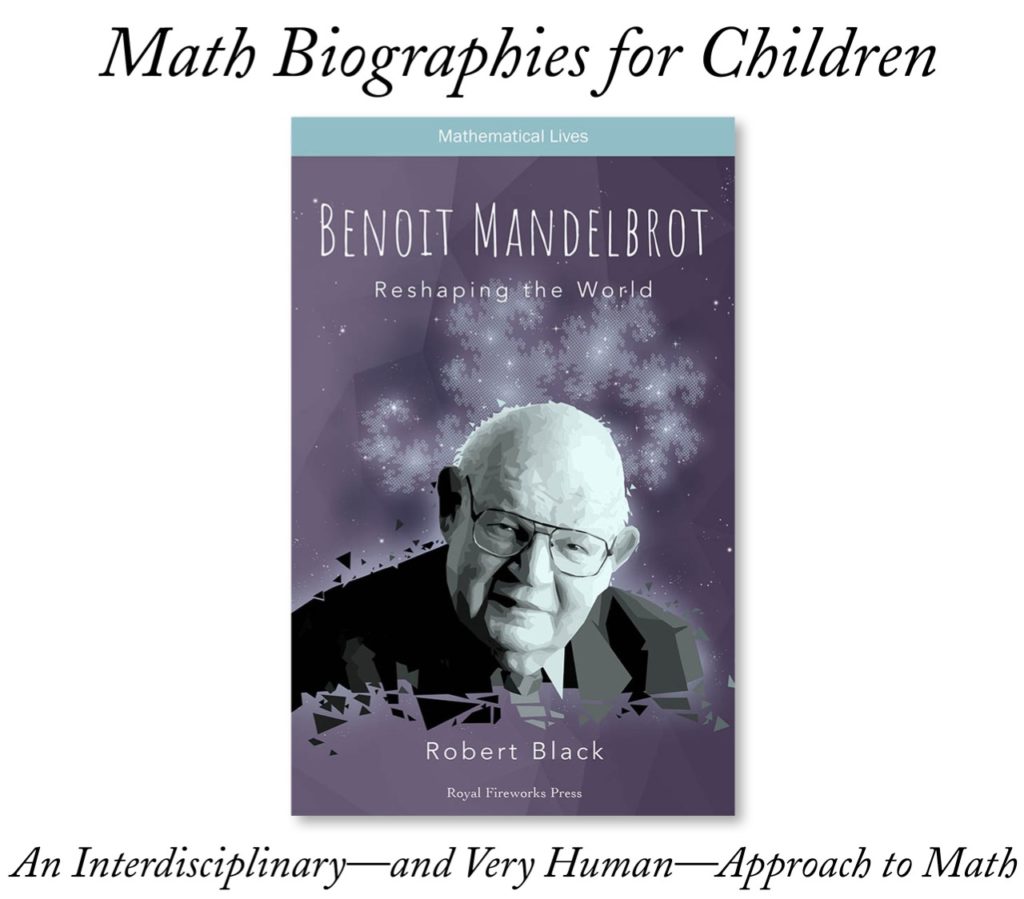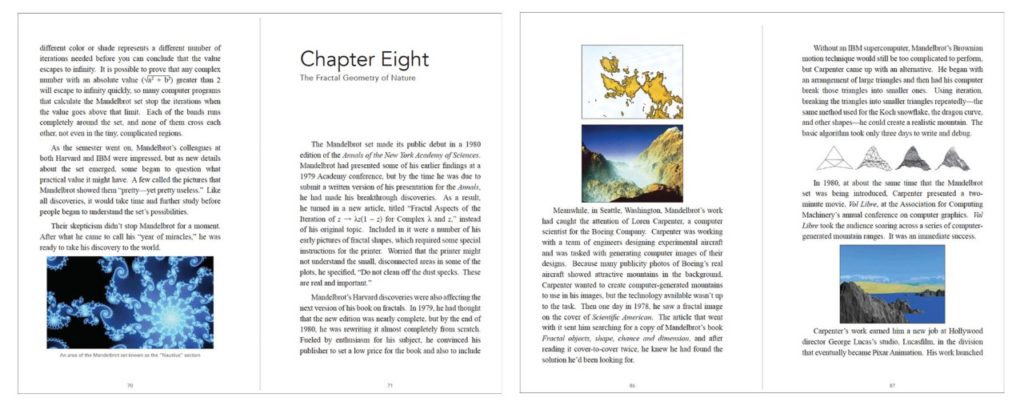Sign in for exclusive products and special discounts.

An Interdisciplinary—and Very Human—Approach to Math
Children need to learn math; it’s one of the subjects that has always been a core of academic learning. However, for many children, math is an uninteresting series of operations—cold, impersonal, and meaningless. We have been working to change that. Our Mathematical Lives series, by author Robert Black, combines math and language arts into fascinating biographical novels that tell the stories of mathematicians who reshaped the world through extraordinary talent—but also often because of real-world experiences and in an effort to solve real-world problems. The math we know was discovered and developed by people, and those people led interesting lives, oftentimes overcoming formidable barriers to accomplish what they did.
Benoit Mandlebrot was one of those people. He was a Polish Jew whose very life hung in uncertainty during the terror of the Holocaust. He was a child when his parents sent him away to safety, but even so, he was constantly in danger. Aside from that, his education was disrupted repeatedly, a circumstance that should have hindered him. Yet Mandlebrot’s brilliance could not be cloaked, and his talent in math opened doors for him.
It would be simple to say that “the rest is history,” but real life is not so simple. Mandlebrot worked in a variety of mathematical fields, which is uncharacteristic of most eminent mathematicians, who generally find one field that suits them and then work intensively in that area. Mandlebrot seemed unfocused, but all of his experiences converged into an area (geometry) that led to world-changing discoveries.
Animated movies. Computer games. Smartphone technology. All of these things have in common the math (and science) of fractals, which Benoit Mandlebrot opened up for us. Children who learn how this man bested the odds to discover something that has altered the world as we know it today—the very devices upon which we read posts like this one—will be welcomed into the subject of math in a way that a worksheet of problems can never do. But don’t worry: this book is filled with math, too, and it even includes a section at the back for readers to practice some of the math on their own. A special feature of the book is that it contains several full-color images to help enhance the reading experience.

Don’t miss Benoit Mandlebrot: Reshaping the World. And then check out the other books in the Mathematical Lives series, which tell similarly engaging stories about the people behind the math.
